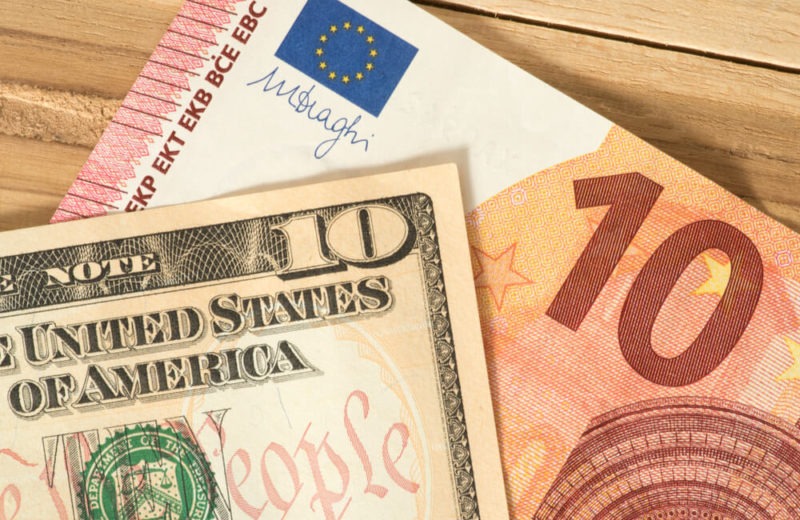The U.S. dollar rose on Monday morning in Asia, with uncertainty surrounding Covid’s new variant and expectations of more hot U.S. inflation data increasing the pressure on interest rates.
Omicron continues to spread as more and more countries report the first cases of the Omicron of the Covid-19. Its new variant found its way into around one-third of U.S. states. California, Colorado, Hawaii, Maryland, Massachusetts and others have reported Omicron cases. In spite of several dozen Omicron cases, the Delta variant still accounts for the vast majority of new Covid cases in the U.S.
Scientists are working hard to learn more about the situation. An article published by the South African Medical Research Council contains interesting details about the new variant. For example, the majority of Covid-19 patients were admitted for other reasons and were oxygen-dependent.
Furthermore, the mixed jobs report reinforced views of quicker Fed asset tapering.
The U.S. dollar index that tracks the U.S. currency against a basket of other currencies gained 0.16% to 96.270.
The USD/JPY pair advanced 0.17% to 113.
The AUD/USD pair added 0.30% to 0.7022 with the Reserve Bank of Australia handing down its policy decision in one day. The NZD/USD gained 0.28% to 0.6758.
The USD/CNY pair dropped 0.11% to 6.3689.
The GBP/USD pair added 0.3% to 1.3236.
The U.S. Dollar and others on Monday
The Australian dollar as well as the New Zealand dollar led an attempted bounce earlier in the session. Preliminary observations from South Africa regarding Omicron helped boost them.
Still, analysts from ANZ Bank suggested that “perhaps we should be looking for volatility rather than a trend.” Volatility gauges for the Australian as well as New Zealand dollars reached their highest in about eight months on Friday.














